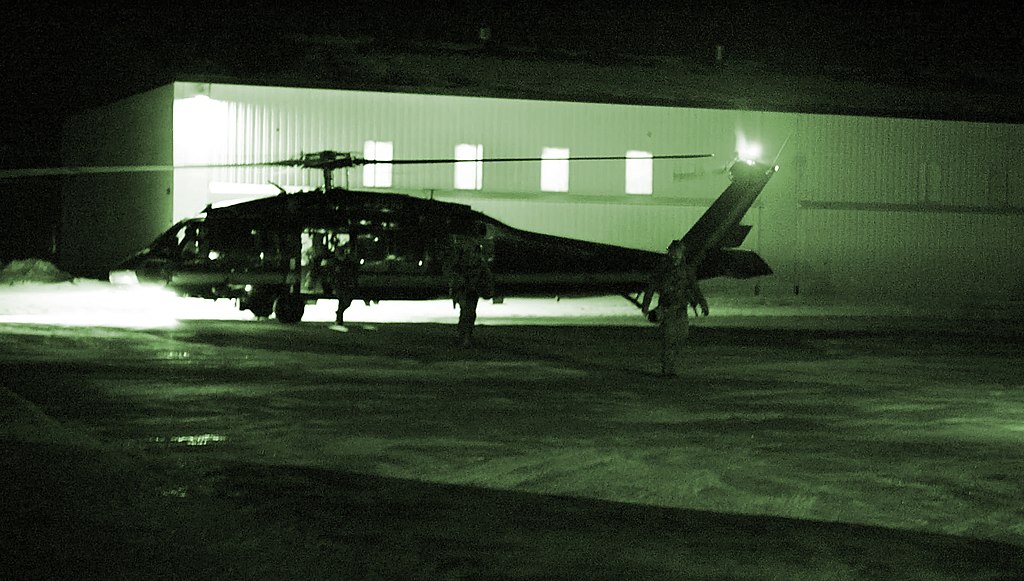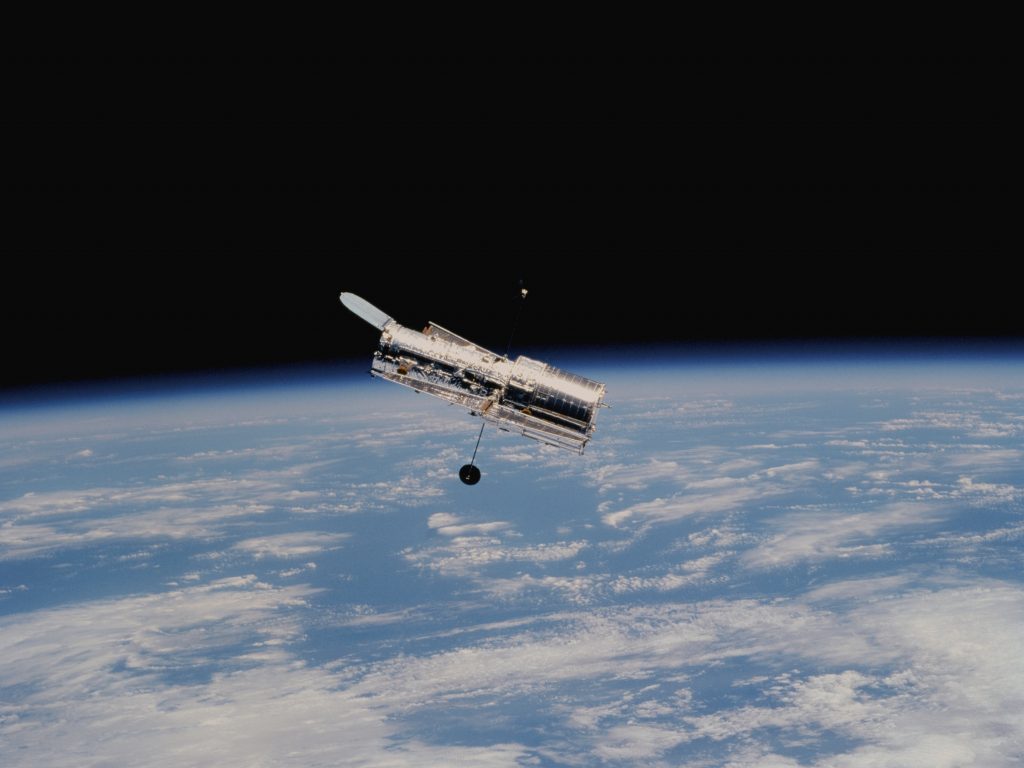Photodetectors, also known as photosensors, are remarkable devices that play a pivotal role in converting light or electromagnetic radiation into electrical signals. While they find applications in numerous fields such as optical communications, imaging, security, and sensing, they also have a significant presence in the aerospace industry, where their capabilities are harnessed for various critical purposes.
Types of Photodetectors
Before diving into their aerospace applications, let’s explore some common types of photodetectors:
Photodiodes: These semiconductor devices, such as the FDS010, utilize a p-n junction to convert light into an electrical current. They are cost-effective, easy to manufacture, and possess a wide range of spectral sensitivities.
Phototransistors: Similar to photodiodes, phototransistors convert light into electrical signals. However, they have an internal gain mechanism that enhances sensitivity but also increases complexity and cost.
Metal-Semiconductor-Metal (MSM) Photodetectors: These photodetectors use a metal-semiconductor-metal structure to convert light into electrical current. They are known for their speed and sensitivity but can be more challenging to manufacture.
Avalanche Photodetectors (APDs): APDs, such as the APD110A-M, employ a cascaded multiplication process to yield a high output signal gain, making them exceptionally sensitive. However, they require a high bias voltage and may introduce noise.
Aerospace Applications of Photodetectors

Night Vision: Photodetectors are essential components in night vision goggles and systems, enabling the conversion of low levels of ambient light into electrical signals used to create images. This technology is crucial for pilots and military personnel operating in low-light conditions.
Laser Rangefinding: Aerospace systems often use laser rangefinders that employ photodetectors to measure distances by calculating the time taken for a laser pulse to travel to an object and return. This technology aids in precise navigation and targeting.
Target Tracking: Photodetectors are integrated into target tracking systems, allowing them to detect and monitor objects in the sky. This is invaluable for military aircraft and defense applications.
Infrared Imaging: Infrared imaging systems, used in aerospace for various purposes, rely on photodetectors to capture images of objects emitting or reflecting infrared radiation. This technology is instrumental in both civilian and military contexts.
Environmental Monitoring: Satellites deployed for environmental monitoring, including weather and climate analysis, incorporate photodetectors. These detectors measure parameters like temperature, humidity, and atmospheric composition, providing critical data for Earth’s observation.
Spacecraft Navigation: Photodetectors assist spacecraft in navigation by precisely determining the spacecraft’s position relative to celestial objects such as stars. This is crucial for interstellar travel and space exploration.
Notable Examples

The Hubble Space Telescope has used photodetectors to capture light from distant celestial objects, producing awe-inspiring images that have expanded our understanding of the universe. Similarly, the James Webb Space Telescope employs advanced photodetectors to capture infrared light from distant objects, enabling the creation of highly detailed images that promise to unravel even more cosmic mysteries. Military aircraft and defense systems utilize photodetectors in targeting systems, allowing them to detect and track enemy aircraft and other potential threats.
Some commercial aircraft employ photodetectors in collision avoidance systems, enhancing safety by detecting other aircraft and providing warnings to pilots about potential collisions. Satellites dedicated to monitoring weather and climate conditions depend on photodetectors to gather crucial data on temperature, humidity, and atmospheric composition.
In addition to these applications, photodetectors are indispensable in aerospace technologies such as laser communication systems, solar cells for harnessing energy from sunlight, guidance systems for navigation, and avionics systems that aid in flight control and navigation.
In summary, photodetectors are unsung heroes in the aerospace industry, enabling us to navigate the skies, explore outer space, and gather critical data for both scientific and defense purposes. Their versatility and sensitivity make them invaluable tools for understanding and interacting with the world beyond our planet.